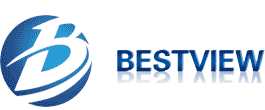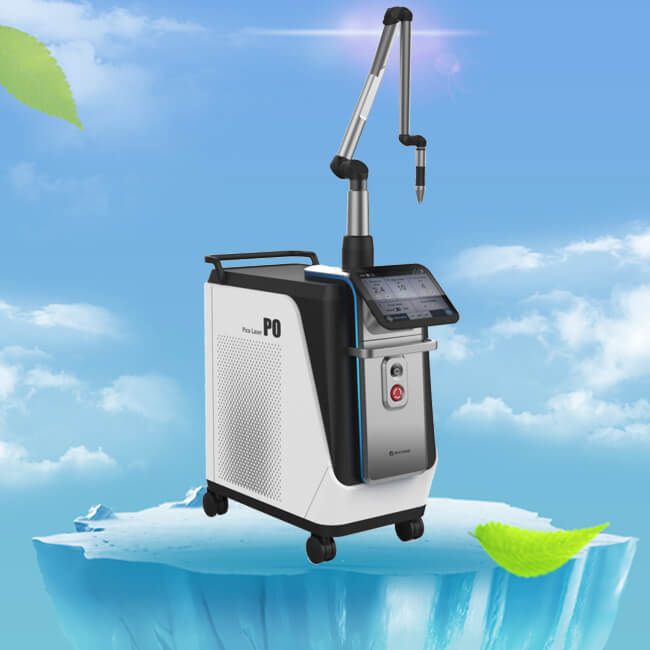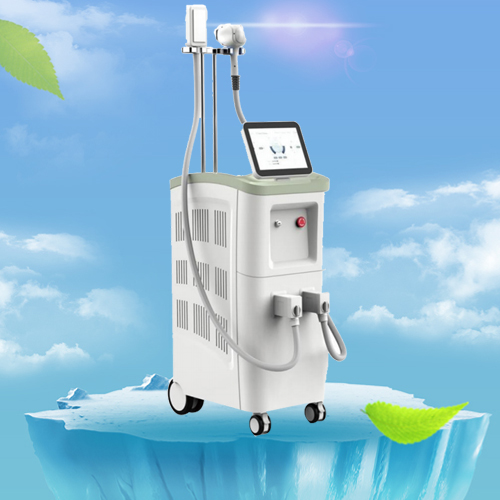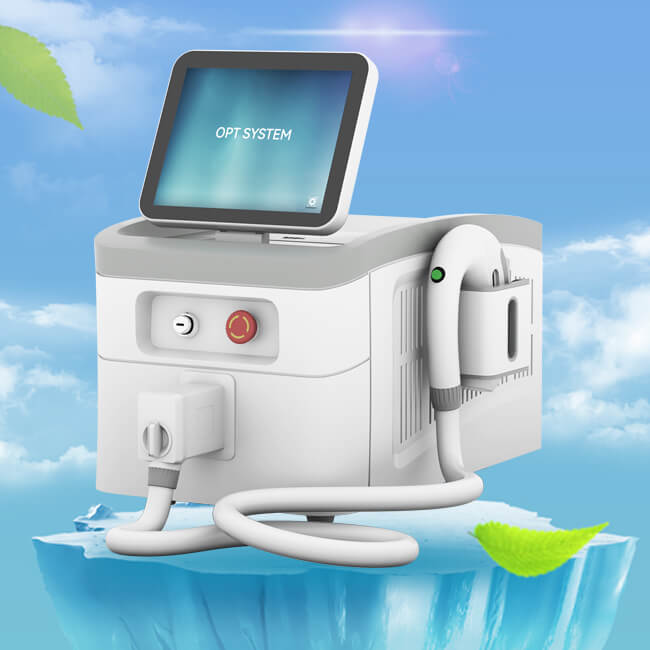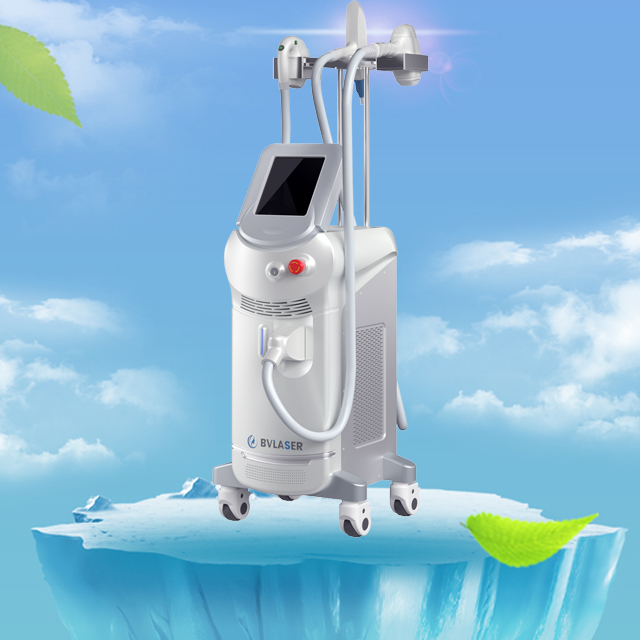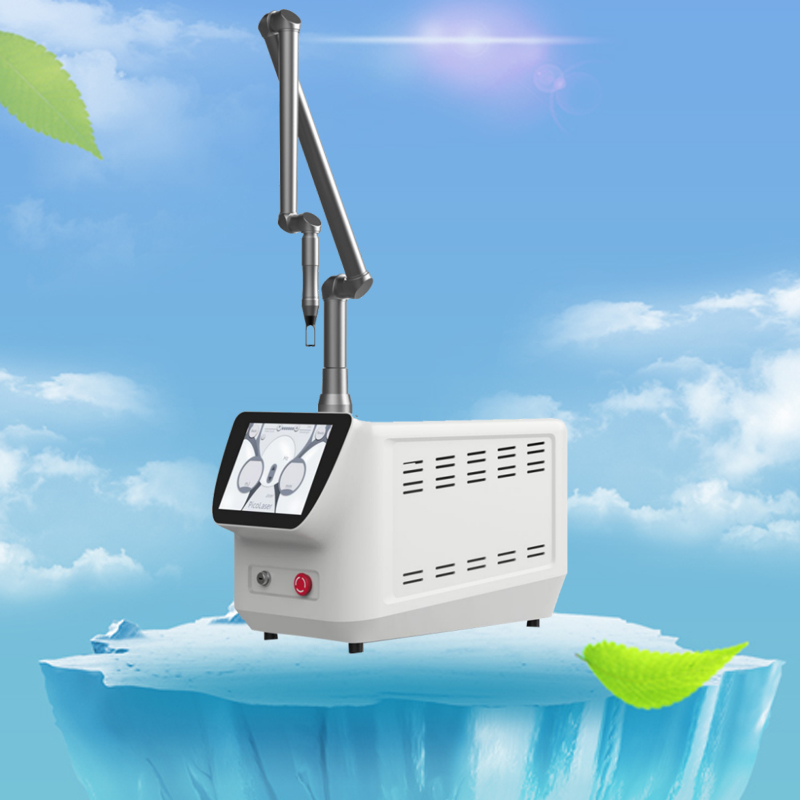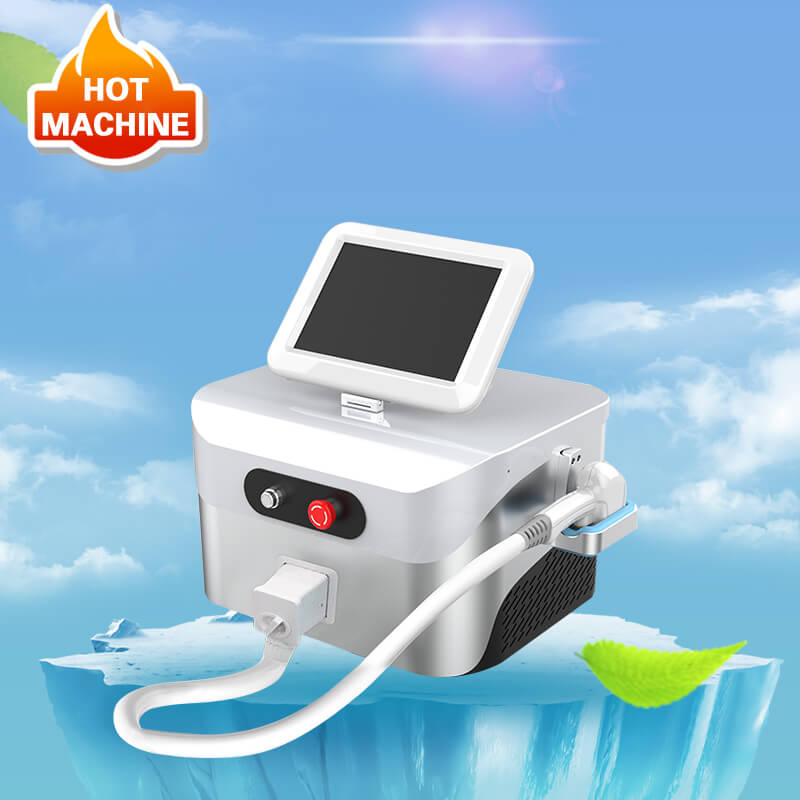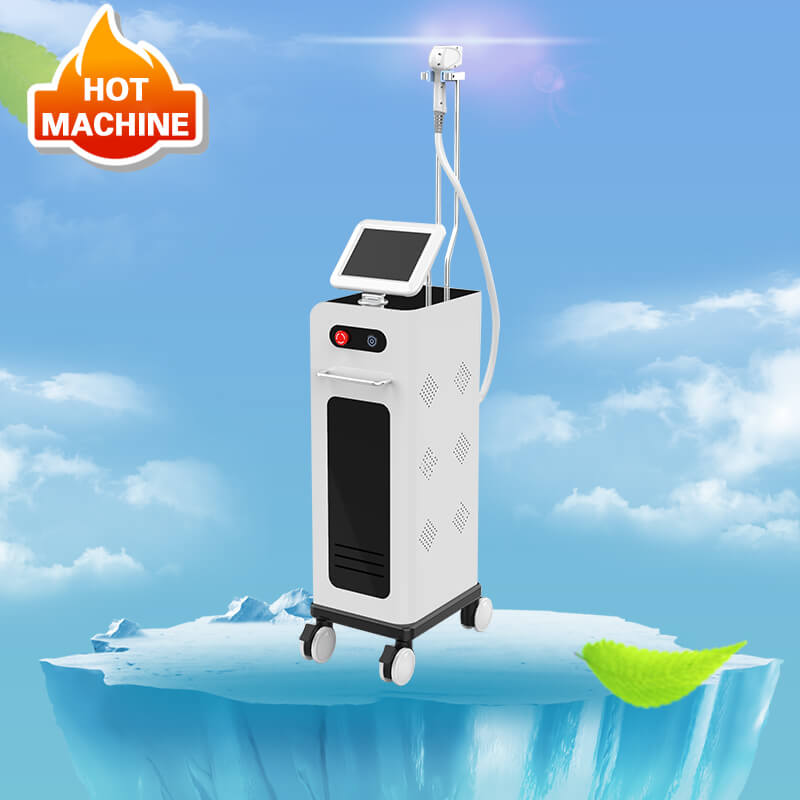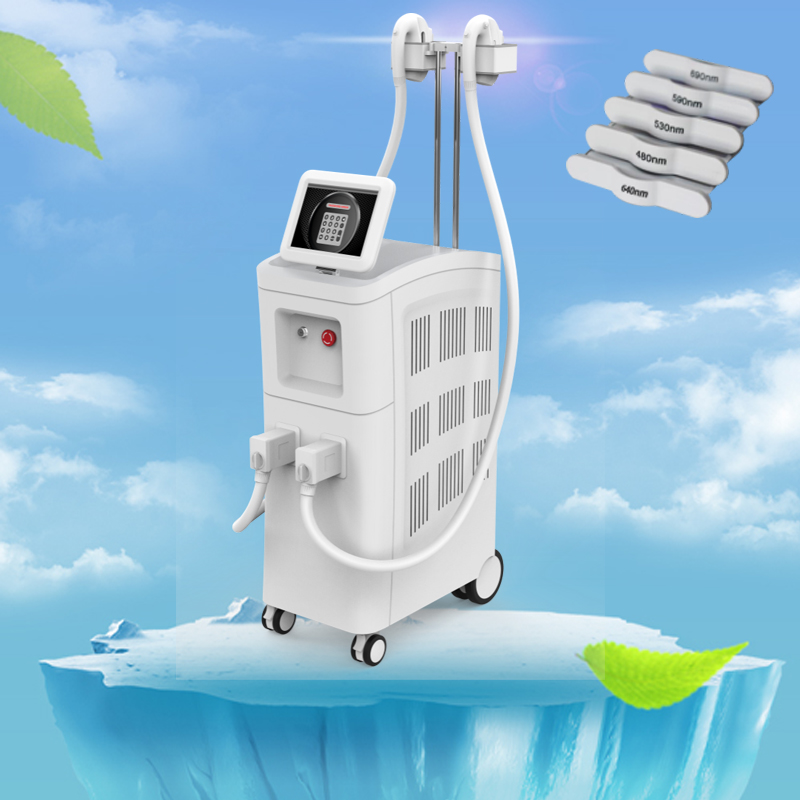What are the treatments applied with Q-switched ND YAG laser?
Author:baishilf Time:2024-05-30 15:27:20
The Q-switched ND YAG laser machine is a type of laser technology useful in Laser hyperpigmentation treatment for both superficial and deep skin discoloration.
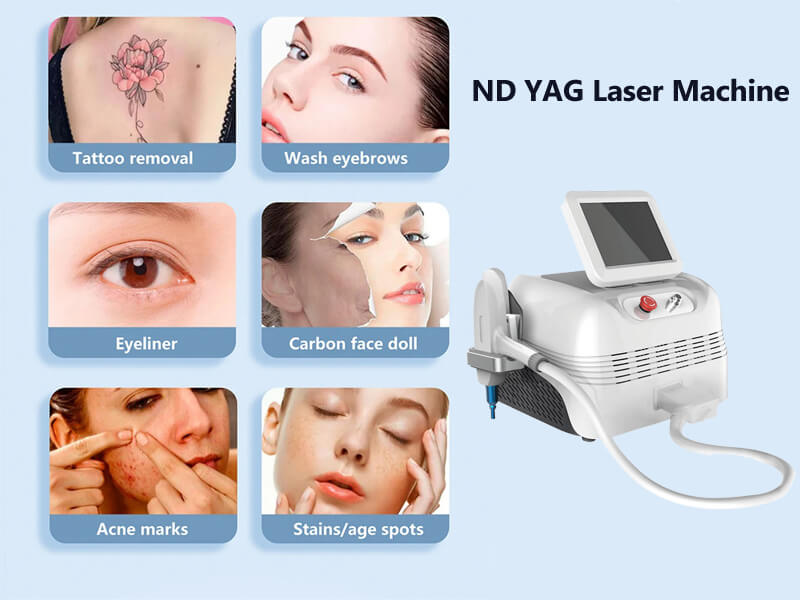
How is Q-switched ND YAG laser hyperpigmentation treatment performed?
Q-switched ND YAG laser machine creates an invisible or green beam of light that specifically targets the brown pigment or melanin present in the dark spots without having any effect on the surrounding skin. The pigment absorbs the laser energy and gets fragmented within the skin’s tissues after which the body gets rid of the debris via a natural process called “phagocyctosis”. The best ND YAG laser machine is able to reach deeper areas where topical hypopigmenting products, peels and other superficial treatments do not reach.
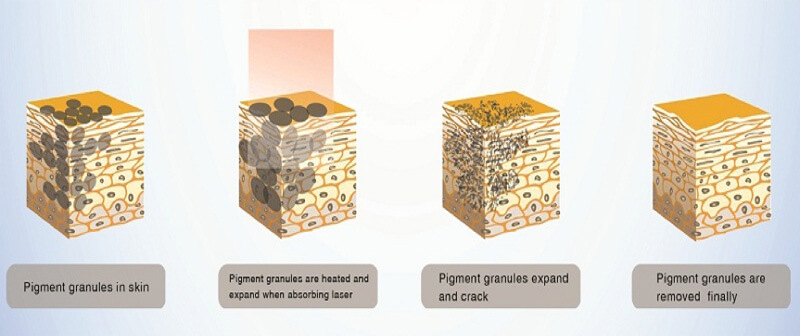
In what situations do we use ND YAG Laser hyperpigmentation treatment?
1.Pigmentation (such as freckles, sun spots, age spots, brown spots, melasma, birthmarks).
2.Acne marks.
3.Fairer skin.
4.Skin rejuvenation.
5.Pimples and acne.
6.Tattoo removal.
How do we prepare for and what do we expect during ND YAG laser treatment?
Just like every treatment that has the potential to cause inflammation, to reduce the chances of post procedure darkening especially in skin of colour, we commence the use of sun protection and hypopigmenting creams 2 weeks prior. We cease intake of ginger, gingko biloba, garlic, ginseng, NSAIDS like ibuprofen, aspirin 2 weeks before procedure to reduce chances of bruising.
During the ND YAG laser skin treatment we use topical anaesthetics and a skin cooling device to minimize pain, making it as comfortable for the patient as possible.
Are there any side effects after ND YAG laser treatment?
Side effects from Q-switched ND YAG laser hyperpigmentation treatment are usually minor and may include:
1.Pain during treatment (reduced by skin cooling and topical anaesthetic).
2.Redness, swelling and itching that may last a few days after treatment.
3.In some cases, blistering can occur (this settles by itself).
4.Changes in skin pigmentation. Sometimes the pigment cells (melanocytes) can be damaged, leaving darker (hyperpigmentation) or paler (hypopigmentation) patches of skin. This is mostly temporary.
5.Bruising affects up to 10% of patients. It usually fades on its own.
6.Skin can peel during the healing process.
Skin Resurfacing and Spot Treatment with Q-switched ND YAG Laser
Newly developed and equally distributed Q-switched ND YAG lasers increase elastin and collagen due to fibroblast activation in the dermis, while also eliminating skin spots. Currently, the most commonly used laser Q-switch for spot treatment is the ND YAG laser. During this treatment, laser energy is absorbed by melanin-containing cells, while other normal skin colourants are not affected. Melanin is the substance that colours our skin. Skin spots are areas of intense melanin.
Pigmented lesions are dermally separated from the epidermal layer according to the depth of the pigment. Epidermal lesions (freckles, cafe-au-lait spots, sun spots, etc.) are treated using 532 nm wavelength, which is absorbed mainly by melanin and therefore mainly acts on superficial skin levels. Dermal lesions such as Ota’s Nevus or Mongol spots are found deeper and 1064 nm wavelength, a wavelength that can act more deeply on the skin, is used for the treatment.
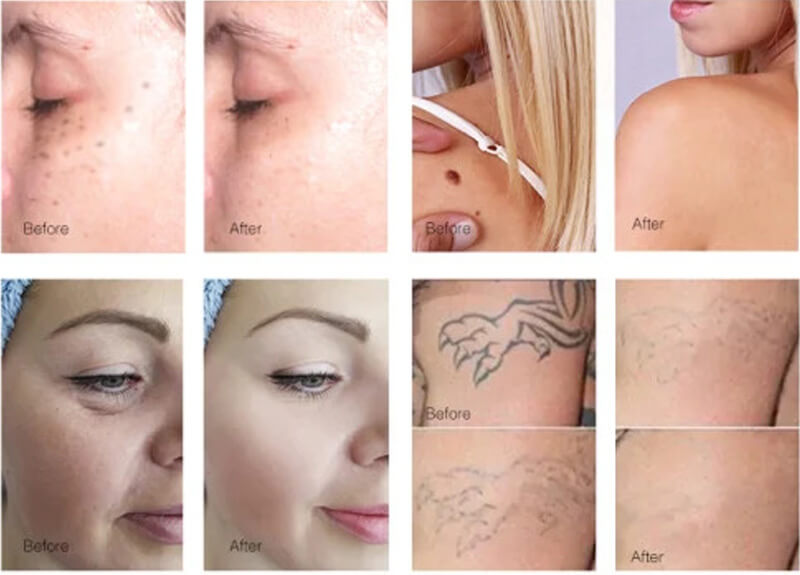
Carbon Peeling Treatment with Q-Switched ND YAG Laser
Carbon peeling application can also help to tighten the enlarged pores and reduce the oiling. Carbon peeling can be applied to every skin type. Dark-skinned patients can benefit from this method without side effects. The number of applications is between 4 and 10 sessions according to the problem on the skin.
Q-switched ND YAG laser with tattoo removal
Q-switched ND YAG lasers also perform tattoo removal. Tattoo removal lasers divide the particles under the skin into small pieces, and they are removed by the defence cells of the body by means of the lymph circulation. Ideal tattoo removal patients are light-skinned, not sunburned, have dark blue, navy blue or black coloured and at least one-year-old tattoo. Old tattoos will respond better to treatment. Q-switched ND YAG lasers are the most suitable lasers for dark-skinned people with laser tattooing. This laser can go deep and it is less likely to cause damage to the skin in the form of colour change. The procedure usually does not require anaesthesia. In some special cases, local anesthetic creams or cold air can be used.
Because tattoo makers use different brands and materials, even if the tattoos are the same colour, the results of laser tattoo removal can be different. Some tattooing cannot be completely broken down by the laser. The end result may be a failure to wipe the tattoo. For this reason, each tattoo removal process is person-specific and treatment responses may vary. Purple, green, and yellow tattoos are the most difficult to treat. Ideal tattoo removal patients are light-skinned, not sunburned, have dark blue, navy blue or black coloured and at least one-year-old tattoo. Treatments can be applied in all seasons. Sun protectors should be used regularly, solarium should not be entered.
The advantages of a usual Q-Switched laser treatment compared to short, no-frills lasers
Results: Expect a tailored program and laser setting for each individual for more effective clearance of pigmentation, pimples or marks with the usual Q-switched laser treatment.
Safety: Everything should be done in moderation. The risk of side-effects from no-frills laser treatments are greatly increased due the increased number of sessions you would have to go in order to see similar results. These side-effects include hypopigmentation (white patches on the skin) and hyperpigmentation (darker pigments due to over-stimulation of the skin).
Time saving: Usual Q-switched laser treatments take 12 – 15mins and is done once every 3-4 weeks. This saves time compared to no-frills laser treatments which only last for 1-2mins each and you would be advised to do these treatments up to 3-7 times a week.
Cost-effective: The cost of a usual Q-switched laser treatment done in a clinic averages between $250 – $300. No-frills laser treatments might seem cheaper (as low as $30/treatment) due to a lower cost per treatment, but is in fact more expensive in total. The shorter duration (1-2mins/treatment) and increased number of treatments (30-50 treatments) required for a no-frills laser treatment will amount to higher cost for a similar result.
What can expect of Q-switched ND YAG laser treatment?
1.Nothing is 100%, but you can expect 70-90% clearance or lightening of your pigmentation.
2.Very high success for clearance of acne marks.
3.Prevention and treating of pimples and acne.
4.Less outbreaks in future.
5.Better oil control.
6.Fairer and brighter skin.
7.Complete clearance of tattoos (depending on ink colour).



